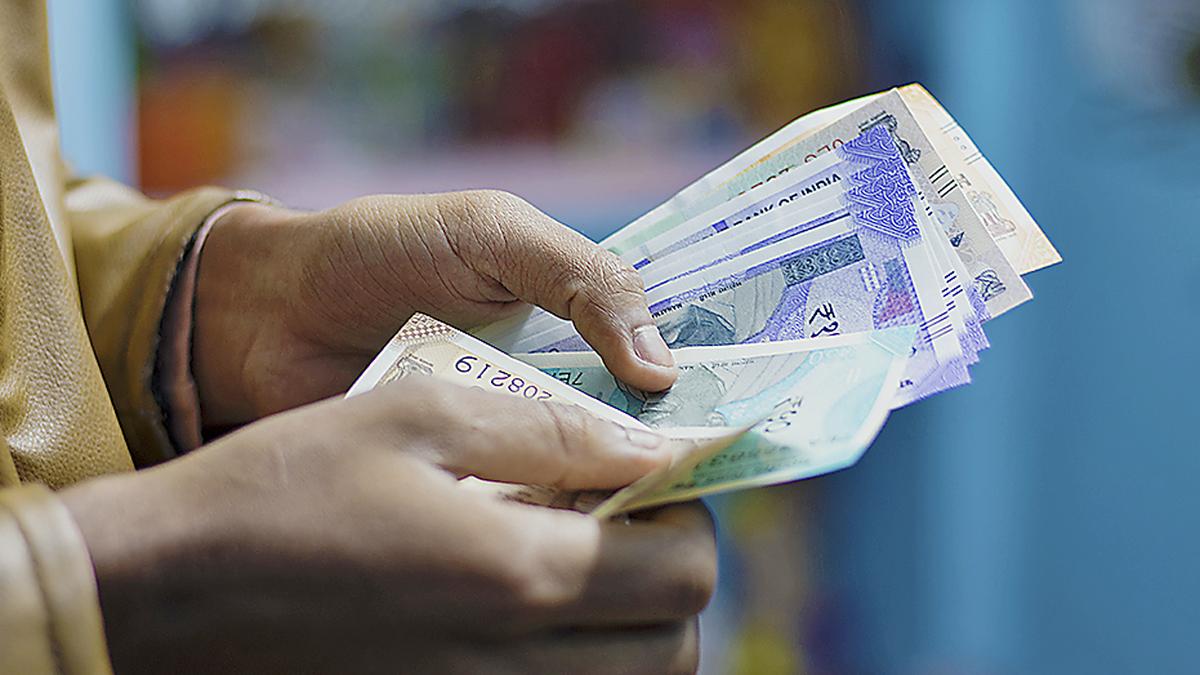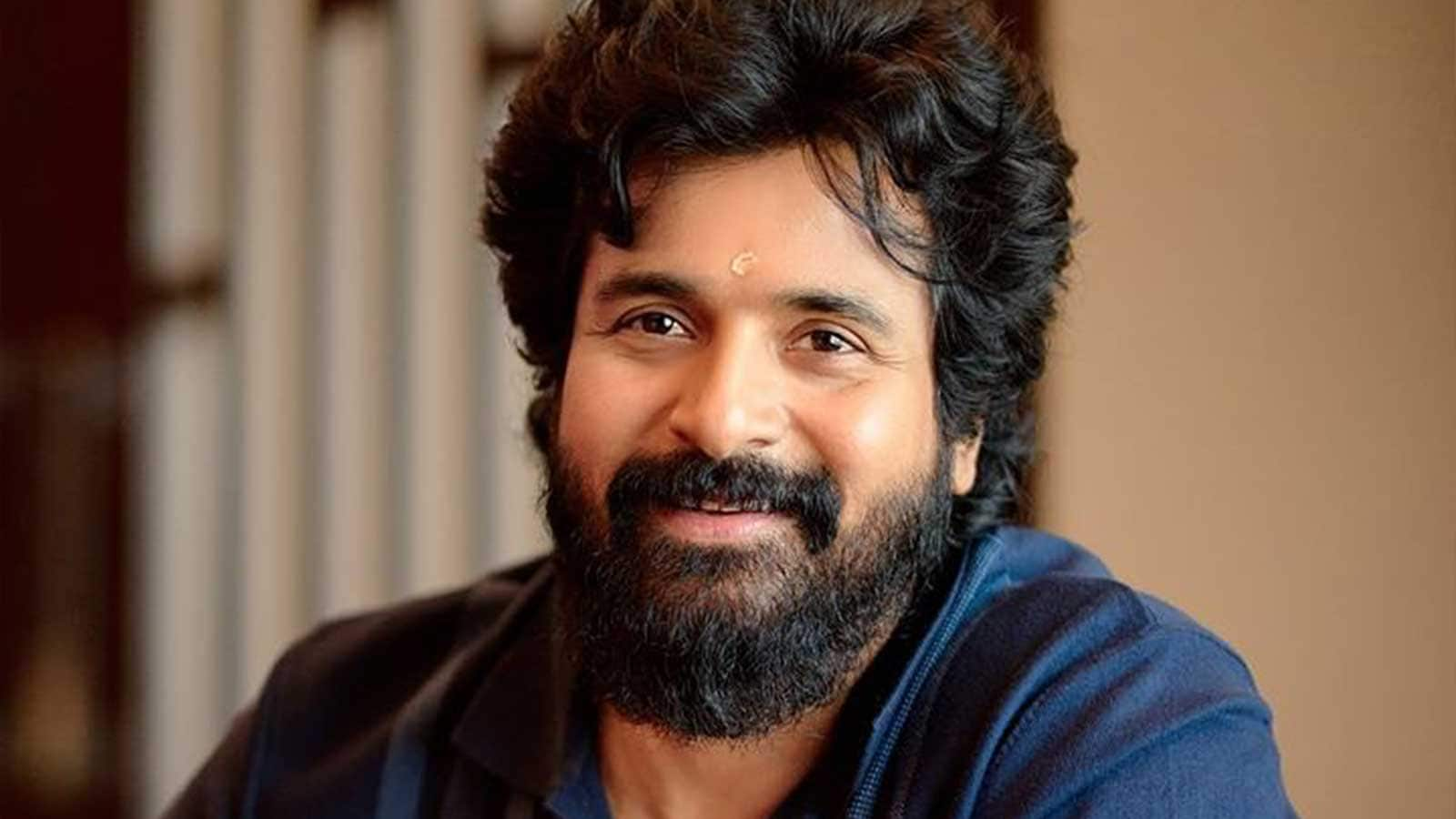By Jiji
Copyright thehindubusinessline

The microfinance sector has been in the news in recent months, and for the wrong reasons.
Issues of over-leverage, higher delinquency and unhealthy collection practices have been under discussion.
But finally, some green shoots are visible, with the microfinance portfolio performing better in terms of collections in the previous two quarters.
The latest data from the Credit bureau indicate that the worst is over. Delinquencies, which had peaked in the quarter ending December 2024, have started declining since then.
But the caution and diligence have to be maintained so that the sector does not face issues of over leverage and collection issues.
The microfinance sector, comprising NBFCs, NBFC- MFIs, other MFIs, SFBs and banks, support nearly eight crore poor households, in a hassle-free manner, at their door step and without any collateral.
It is perhaps on because of the ease with which microfinance operates that clients end up accessing credit from different institutions and end up borrowing beyond their limits.
Seeing this, the Sa-Dhan, as an SRO, came up with additional guardrails, over and above regulatory norms of RBI, limiting the borrowing of a household at ₹2 lakh and with a lender cap of three.
These decisions were taken in consultation with the CEOs of member institutions.
The additional guardrails put in place have started showing positive results in terms of overall exposure and number of lenders to the households declining. The challenge is to keep up this momentum.
The only answer is the strict adherence to the code of conduct and guardrails.
MFIs should plan their credit expansion by moving into the newer geographies; the existing ones are more or less saturated.
Expanding ops
It is a known fact that MFI operations have been concentrated mostly in around 250 districts in the country.
Two thirds of our districts are still not fully penetrated. It may not possible to reach everywhere with the current model. But operational areas can be increased.
Second, there should a better assessment of household income and credit liabilities, as they are critical to credit underwriting. Third, the recent increase in non-qualifying assets or non-microfinance loan portfolio, allowed by RBI, needs to be handled prudently and with better expertise.
A new challenge being faced by the MFIs is lack of funding support.
The data shows funding from the banking system has almost halved in the last financial year and was availed of mostly by the large entities.
Microfinance institutions which are primarily dependent on debt funding, as our system do not allow mobilising savings from the members, unlike many other countries in the world.
Many banks and financial institutions have tightened their lending norms, in the recent past on account of the adverse perception the sector have due to the recent developments.
Similarly, the rating companies are reviewing the credit rating given to MFIs making funding difficult.
Any reduction will impact the operations of MFIs and affects the fund availability to poor.
Microfinance has proved in the past several times that the sector is resilient and any crisis can be converted into an opportunity for improving their operations through innovations and improved practices. This was seen on several occasions such as the Andhra crisis or demonetization or even the Covid pandemic.
So, it is time for the lenders to repose faith in MFIs and start opening up their purses.
The writer is ED & CEO, Sa-Dhan. Views expressed are personal
MFIs should plan their credit expansion by moving into the newer geographies
Published on September 17, 2025



